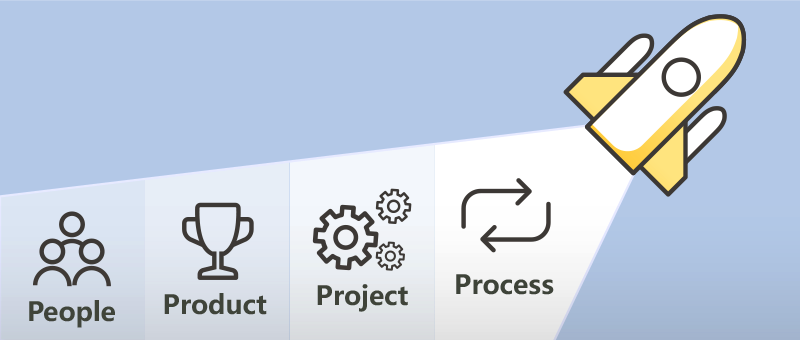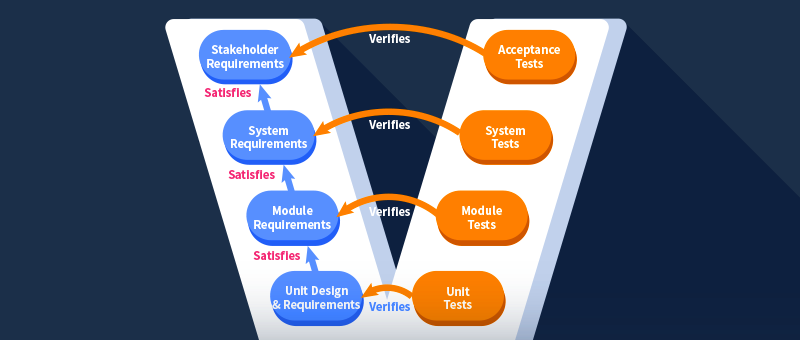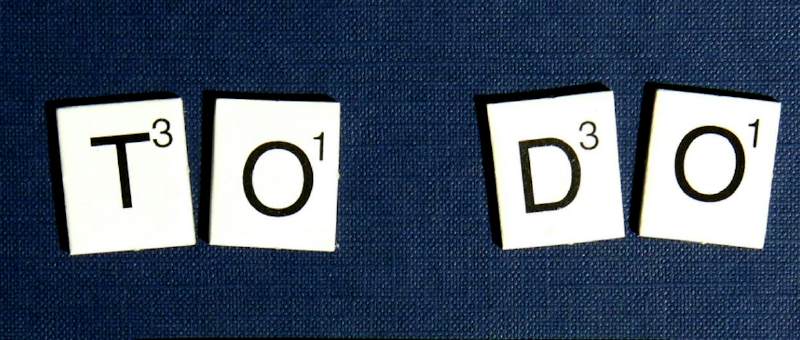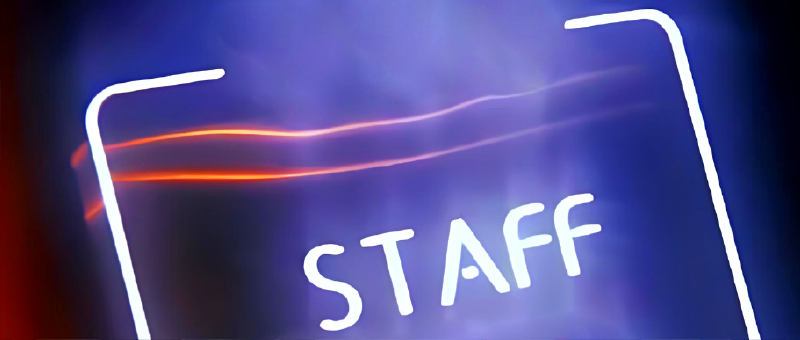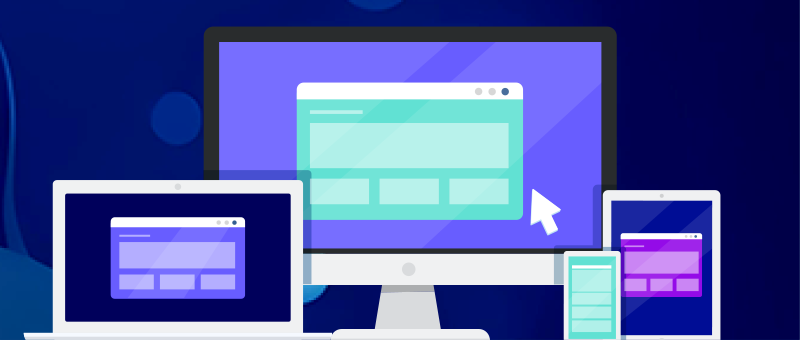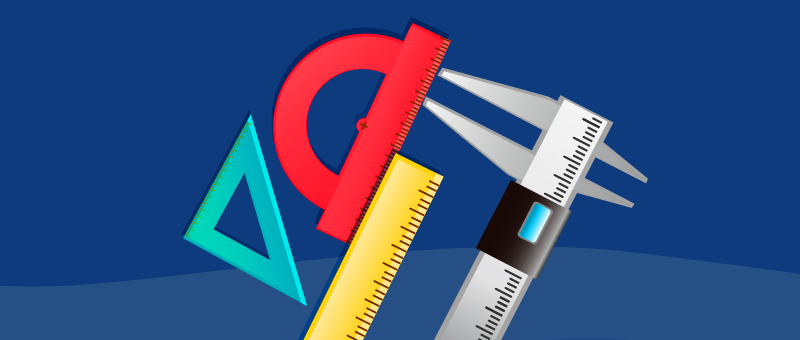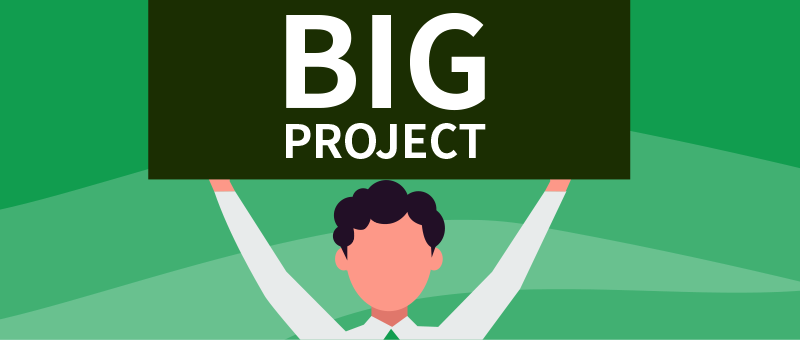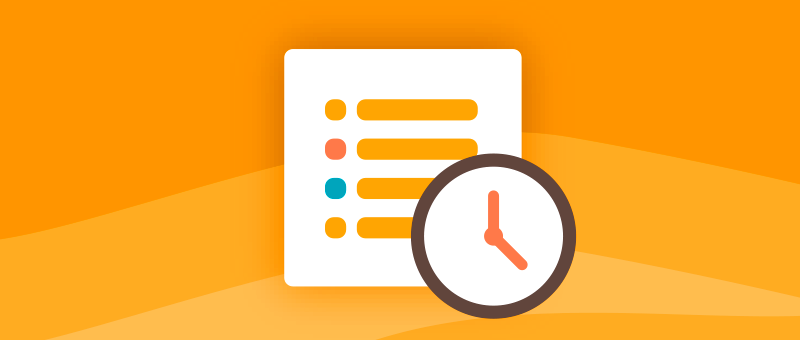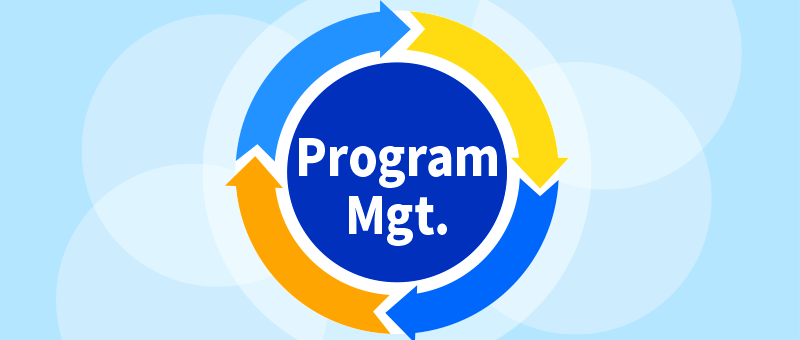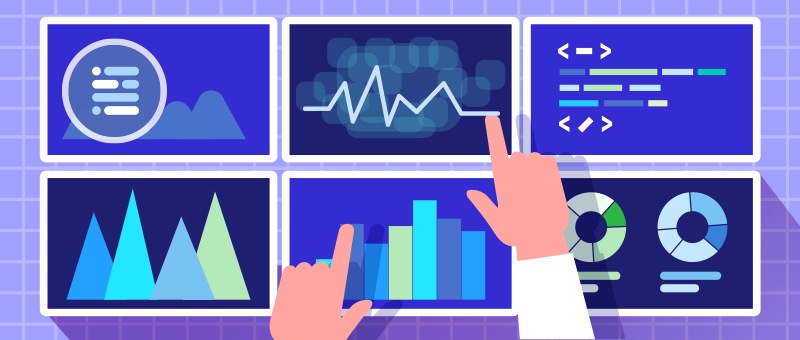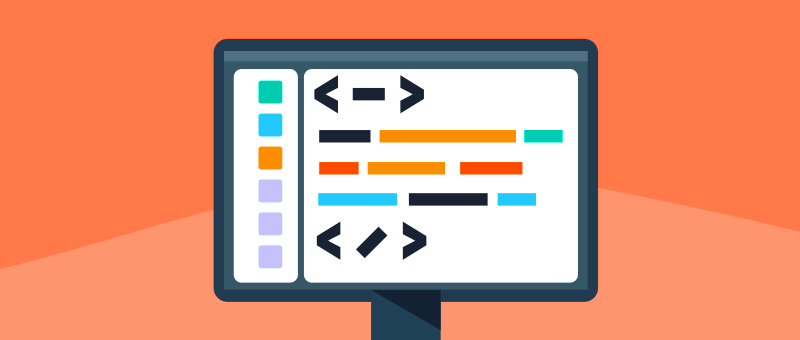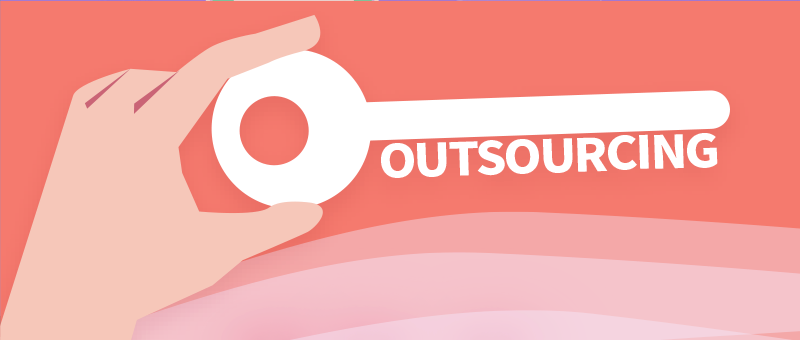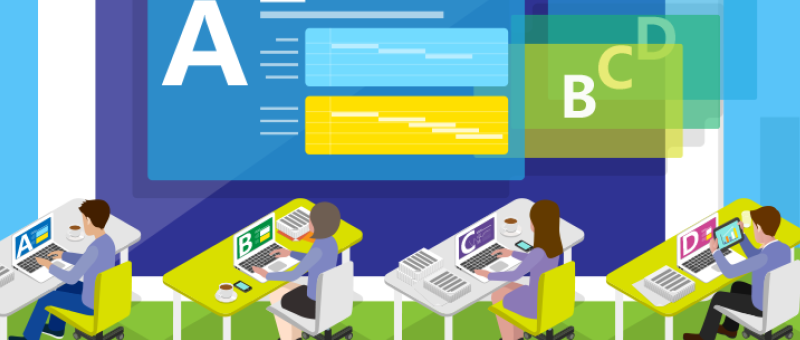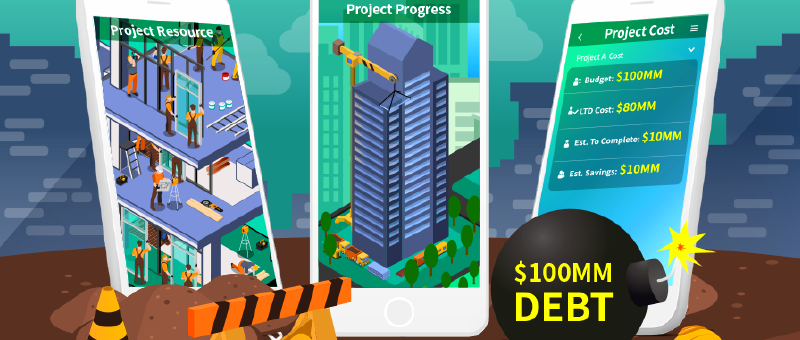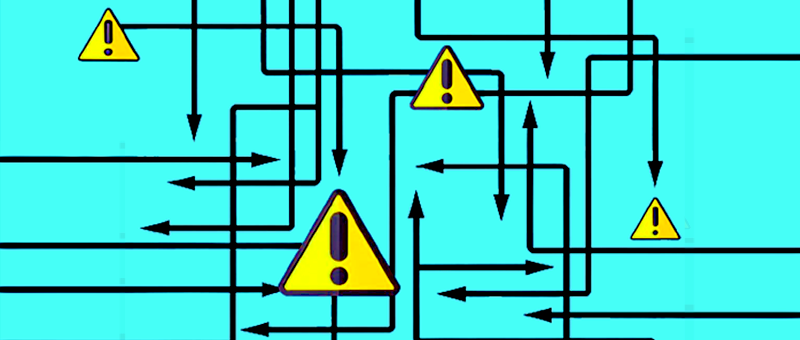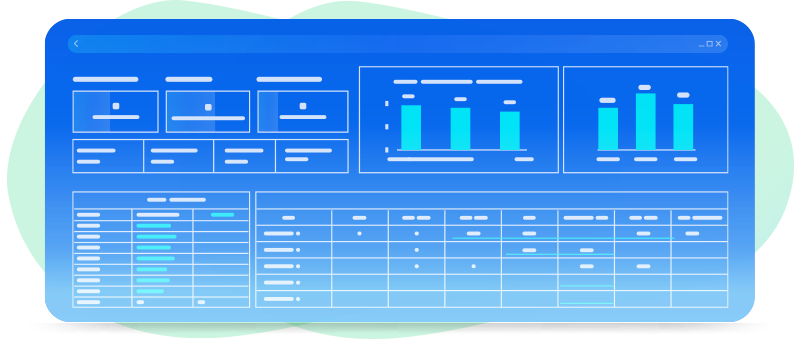
-
All-purpose project management

 enables businesses to standardize projects across different departments. This means employees in the marketing department will use the same approach for a project as those working in the finance department.
enables businesses to standardize projects across different departments. This means employees in the marketing department will use the same approach for a project as those working in the finance department.
 also helps project managers. Because the project management approach is universal in companies that use PMBOK, managers can more easily change companies without needing long periods to gain knowledge.
also helps project managers. Because the project management approach is universal in companies that use PMBOK, managers can more easily change companies without needing long periods to gain knowledge.
There is a wide range of different project types. They all consist of different processes and knowledge areas.
 is process oriented. This means that the project is described as a process that has to be carried out. Using
is process oriented. This means that the project is described as a process that has to be carried out. Using  , the entire project can be split into:
, the entire project can be split into:
- Input, such as documents, decisions, plans and designs
- Techniques and methods
- Output such as documents, decisions, plans and designs
 can accommodate different management styles for different situations:
can accommodate different management styles for different situations:
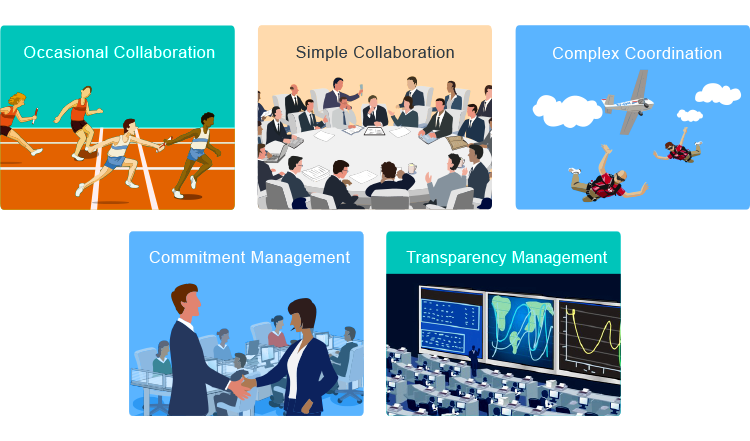
-
Scope & Requirements Management

 centralizes scope & requirements management and provides Requirements Request to capture, filter, clarify and validate requirements and Requirements Matrix to organize requirements and track their progress from start to completion.
centralizes scope & requirements management and provides Requirements Request to capture, filter, clarify and validate requirements and Requirements Matrix to organize requirements and track their progress from start to completion.  Reality Check facility can be used to detect scope communication issues and requirements instability issues. Requirements review and acceptance are automatically tracked and requirements changes must go through the strict change control process.
Reality Check facility can be used to detect scope communication issues and requirements instability issues. Requirements review and acceptance are automatically tracked and requirements changes must go through the strict change control process.
 provides Real-time Display Components for analyzing and displaying requirements management information.
provides Real-time Display Components for analyzing and displaying requirements management information.
-
Time Management

 automatically tracks time and progress for each project activity and deliverable. The % of complete lower level activities and deliverables are automatically aggregated up to the higher level activities. Overdue activities and deliverables are flagged and alert messages will be sent to the affected stakeholders.
automatically tracks time and progress for each project activity and deliverable. The % of complete lower level activities and deliverables are automatically aggregated up to the higher level activities. Overdue activities and deliverables are flagged and alert messages will be sent to the affected stakeholders.  always keeps track of original scheduled time, latest scheduled time and actual completion time and highlights the discrepancies.
always keeps track of original scheduled time, latest scheduled time and actual completion time and highlights the discrepancies.
 can also keep track of multiple baselines (versions) of the project plan.
can also keep track of multiple baselines (versions) of the project plan.
-
Revenue & Cost Management
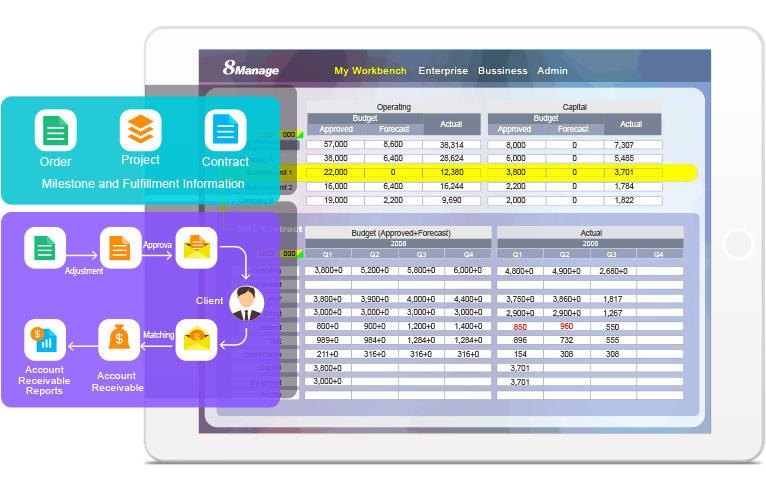
 provides the comprehensive revenue & cost budgeting & tracking functionality at both activity level and project level and the full traceability of project revenues with sales orders and contracts and project costs with timesheets, expenses, PO, invoices and payments.
provides the comprehensive revenue & cost budgeting & tracking functionality at both activity level and project level and the full traceability of project revenues with sales orders and contracts and project costs with timesheets, expenses, PO, invoices and payments.
provides the following project accounting functionality:- Project-defined revenue & cost classifications linking to COA
- Automatic revenue calculation based on sales orders & contracts
- Automatic client invoice generation based on payment terms in orders & Contracts
- Automatic labor cost calculation based on timesheets
- Automatic procurement cost calculation based on PO & contracts
- Automatic expense calculations based on expense reports
- Automatic checking supplier invoices against PR and PO
- Invoice aging and overdue management
- Invoice and payment linkage
- Automatic and real-time revenue & cost aggregation
- Budget variance detection and re-forecast
- Real-time linkage of project revenue & cost to organizational revenue & cost
-
Quality Management
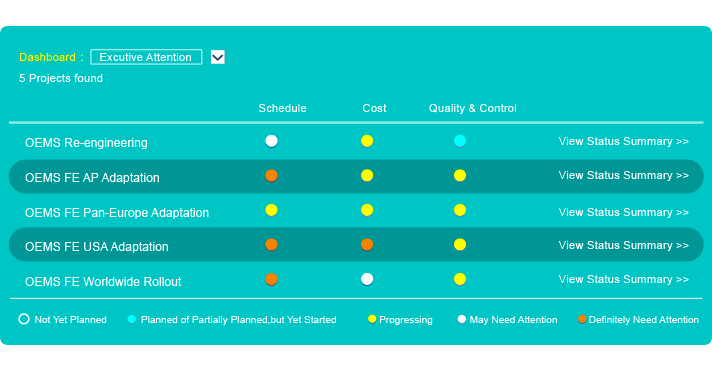
 provides Quality Metrics to allow the project manager to set measurement targets and gauge the incremental and final deliverable qualities.
provides Quality Metrics to allow the project manager to set measurement targets and gauge the incremental and final deliverable qualities.  also allows the project managers to set different policies to enforce Review & Approval for controlling qualities during deliverable creation and finalization.
also allows the project managers to set different policies to enforce Review & Approval for controlling qualities during deliverable creation and finalization.
 Reality Check can be used to detect process issues and deliverable quality issues and Real-time Dashboards can be used to disseminate Quality Metrics, Review & Approval and Reality Check information effectively at real-time so that quality problems and achievements can be seen by everyone at the earliest possible time.
Reality Check can be used to detect process issues and deliverable quality issues and Real-time Dashboards can be used to disseminate Quality Metrics, Review & Approval and Reality Check information effectively at real-time so that quality problems and achievements can be seen by everyone at the earliest possible time.
-
Communications Management

automates the following for project communications:
- Automatic Alerts & Notifications
- Automatic generation & delivery of Weekly Status Report
- Real-time Chat
- Discussion forum
- Reality Check
 supports Iterative Reviews & Acceptance of deliverables to support the short iteration needs in communication for complex problem-solving.
supports Iterative Reviews & Acceptance of deliverables to support the short iteration needs in communication for complex problem-solving.  also facilitates Structured Interactions and provides real-time information, allowing teams to make informed decisions.
also facilitates Structured Interactions and provides real-time information, allowing teams to make informed decisions.
The most powerful communication tool in is its Data Agility & Preciseness that help projects tremendously reduce miscommunications and enhance teamwork & effectiveness.
is its Data Agility & Preciseness that help projects tremendously reduce miscommunications and enhance teamwork & effectiveness.
-
Resource Management
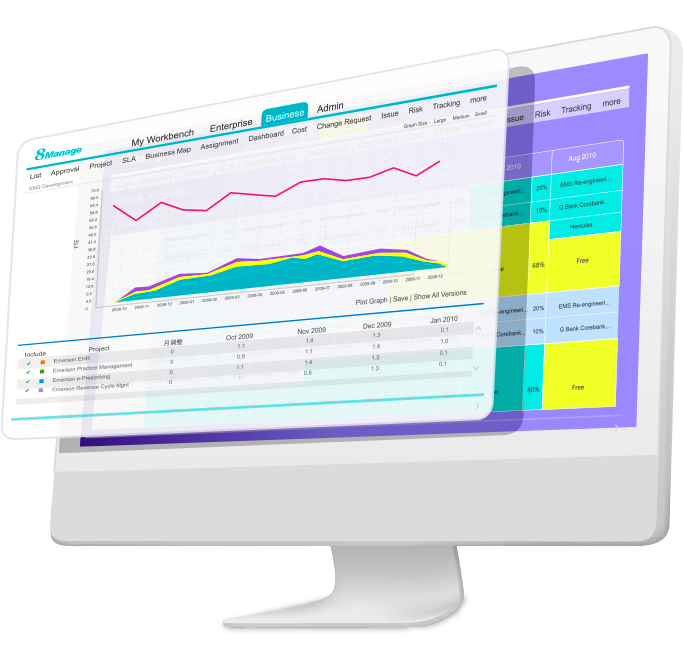
 provides features for searching, requesting, allocating and tracking of resources in multiple sites, groups, projects and activities.
provides features for searching, requesting, allocating and tracking of resources in multiple sites, groups, projects and activities.  also provides advanced resource management features such as project-defined resource roles and resource leveling.
also provides advanced resource management features such as project-defined resource roles and resource leveling.
resource management features include:- Automated resource search across sites & groups based on skill & availability
- Facilitating & tracking of resource provision,allocation & utilization
- Resource allocation automates cost estimating & budgeting
- Comparison of resource planned vs. actual utilization
- Automatic detection of overloaded & inadequate resources
 also provides rich resource planning and utilization reports so that you can analyze resource provisioned vs. allocated vs. actual at deliverable, activity and project levels over time.
also provides rich resource planning and utilization reports so that you can analyze resource provisioned vs. allocated vs. actual at deliverable, activity and project levels over time.
-
Risk Management
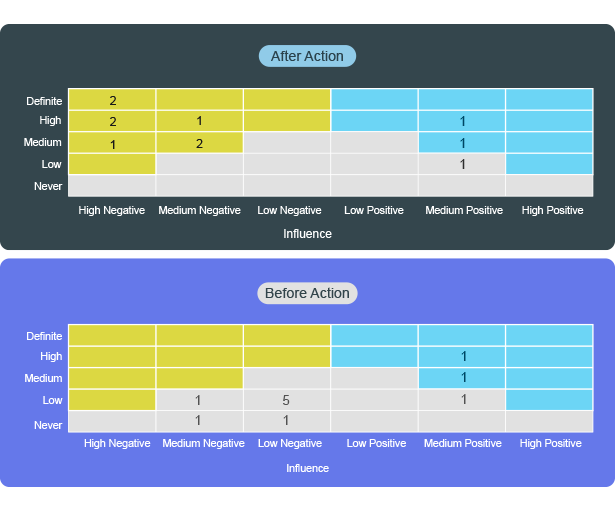
 automatically detects Systemic schedule, cost, resource and quality Risks and their impacts and extrapolates the ultimate impacts from existing impacts so that people can see the severity of the damages if the risks are not properly managed.
automatically detects Systemic schedule, cost, resource and quality Risks and their impacts and extrapolates the ultimate impacts from existing impacts so that people can see the severity of the damages if the risks are not properly managed.
 also provides an integrated Risk Register for recording user-identified risks and tracking them from start to closure. In Risk Register, each risk is classified and evaluated from low to high chance of happening and from low to high impact before and after the identified actions are taken so that people can easily assess the effectiveness of their Risk Medication actions.
also provides an integrated Risk Register for recording user-identified risks and tracking them from start to closure. In Risk Register, each risk is classified and evaluated from low to high chance of happening and from low to high impact before and after the identified actions are taken so that people can easily assess the effectiveness of their Risk Medication actions.
-
Procurement Management
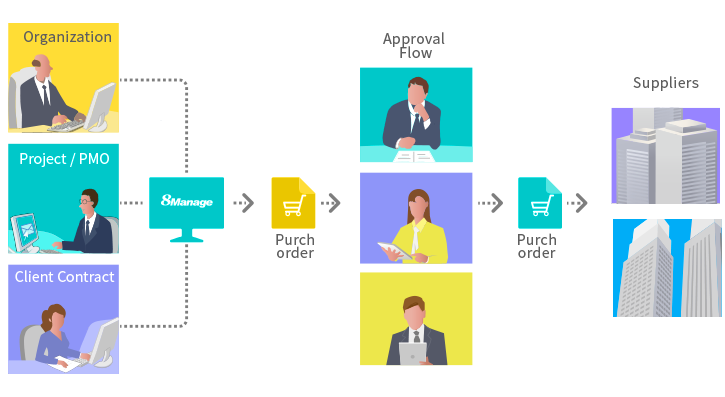
 supports Supplier Management, e-Tender and e-Procurement at activity and project levels. The tendering process is rule-driven and its security and integrity are well controlled by the system. For procurement,
supports Supplier Management, e-Tender and e-Procurement at activity and project levels. The tendering process is rule-driven and its security and integrity are well controlled by the system. For procurement,  supports PR, PO, invoice and payment management. It also supports procurement contracting, subcontracting and outsourcing.
supports PR, PO, invoice and payment management. It also supports procurement contracting, subcontracting and outsourcing.
 also supports Project-based Procurement. A gigantic or complex procurement task can be a project with multiple procurement activities of various types. Procurement information will be aggregated according to the project WBS structure and schedule, resource and dependency can be managed using project management discipline.
also supports Project-based Procurement. A gigantic or complex procurement task can be a project with multiple procurement activities of various types. Procurement information will be aggregated according to the project WBS structure and schedule, resource and dependency can be managed using project management discipline.
-
Issue Management

 supports raising, assigning, acting, tracking, escalating and closure of issues at activity and project levels and allows the linkages of issues to risks, change requests and actions.
supports raising, assigning, acting, tracking, escalating and closure of issues at activity and project levels and allows the linkages of issues to risks, change requests and actions.  provides Issue Map to allow the user to walk through the linkages surrounding issues. Escalated issues will be marked in RED and the person(s) that the issue is escalated to must acknowledge the escalation. Issues raised in lower level activities are automatically aggregated up to their upper level activities and to the project.
provides Issue Map to allow the user to walk through the linkages surrounding issues. Escalated issues will be marked in RED and the person(s) that the issue is escalated to must acknowledge the escalation. Issues raised in lower level activities are automatically aggregated up to their upper level activities and to the project.
-
Change Management
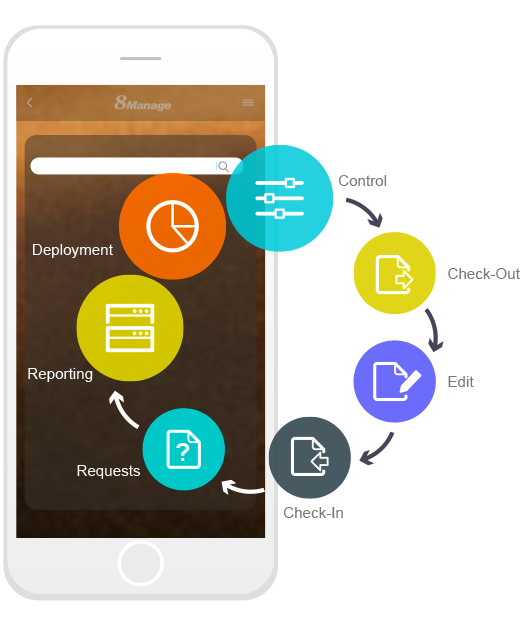
provides Change Requests to allow the user to record and manage changes. Each Change Request contains the following information:
- Discovered In
- Plan
- Work Order
- Resolution
- Impact
Each Change Request can be in one of the following states:
- Assigned
- Accepted responsibility
- Submitted proposal
- Submitted resolution
- Accepted resolution
- Closed
A Change Request can be applied for change information logging while the project WBS is being changed and the change impact information will be associated with the Change Request permanently. When people need to find out the change impacts of a particular Change Request or set of Change Requests, they can enter the Change Request number(s) to the system and the system will provide the change impact information. -
Enterprise Collaboration
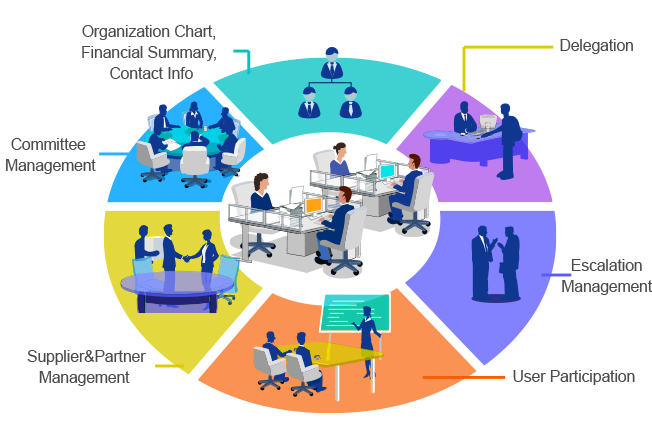
provides the foundation for individual and group coordination and interaction and its major collaboration functions are described as follows:
- Functional and project-oriented organization management
- Common language for request, commit, deliver and accept
- Group, committee and site coordination and management
- Client, partner and supplier coordination and management
- Inter-organization interaction and escalation management
-
Real-time Monitoring & Tracking
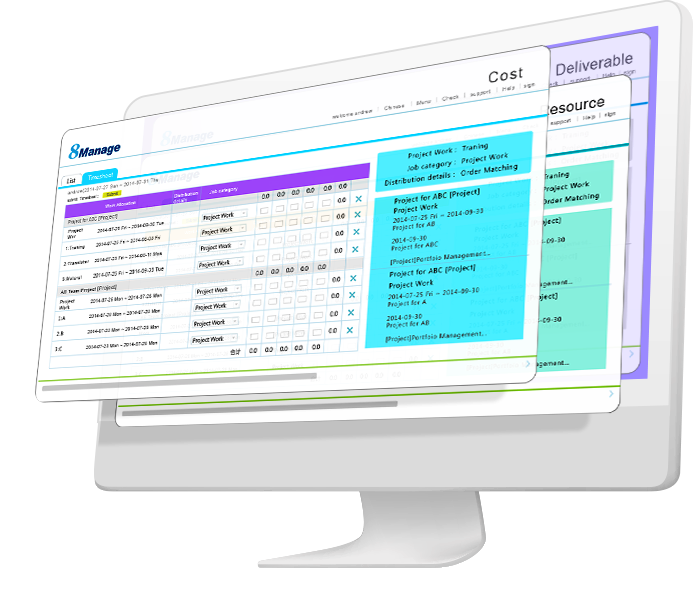
provides the following dashboards for communicating status,identifying problems and tracking necessary actions:
-
Overall
-
Cost
-
Phase Info
-
Resource
-
Dependency
-
Deliverable
-
Risk
-
Change Request
-
Reality Check
- Key Measure & Comparison
 also provides various real-time display components for viewing Projects, Libraries, Alerts, Orders, PO, Change Requests etc.
also provides various real-time display components for viewing Projects, Libraries, Alerts, Orders, PO, Change Requests etc.
-
Overall


 is cool!
is cool! provides you a comprehensive
picture of recent, current, and likely future of your infrastructure and operations.
provides you a comprehensive
picture of recent, current, and likely future of your infrastructure and operations.